Old time letter template
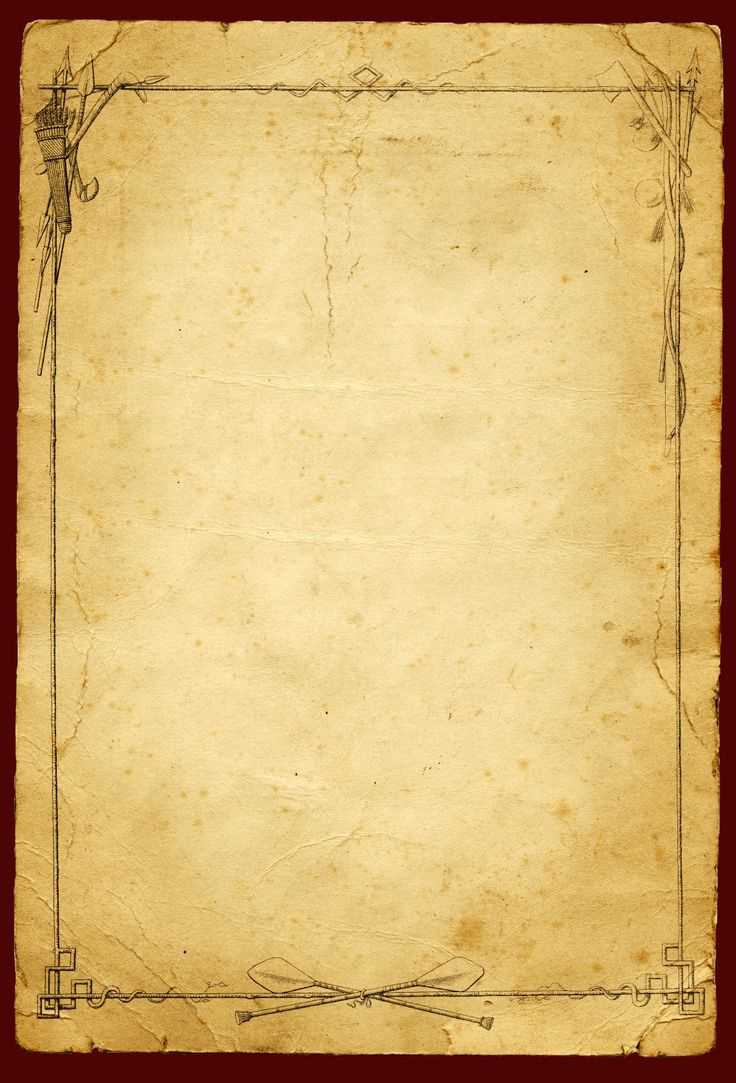
To create an authentic old-time letter, focus on the tone and structure of your words. Begin with a formal greeting, but leave room for personal warmth. Phrases like “Dearest” or “My dear” set a respectful yet intimate tone, which was typical in past centuries. Incorporate simple, eloquent expressions, avoiding modern slang or overly complex constructions.
The body of the letter should express genuine sentiments. Whether you are writing to a loved one, friend, or colleague, choose words that reflect a sense of respect and care. For example, instead of modern phrases like “I hope you’re doing well,” use something more reflective, such as “I trust this letter finds you in good health and spirits.”
Finally, close with a heartfelt sign-off. A closing phrase like “Yours faithfully” or “With all my affection” signals a sincere end to the letter, leaving a lasting impression. Tailoring your language in this way ensures the letter resonates with the formality and warmth of its time.
Old Time Letter Template: A Practical Guide
To craft an old-time letter, focus on the layout and tone that captures the essence of past communication. Begin with a formal greeting, using “Dear [Recipient’s Name],” followed by a salutation that sets a respectful tone. The body of the letter should maintain a clear structure with paragraphs that flow logically from one thought to the next. Consider using a fountain pen for an authentic feel, as the handwriting itself conveys a personal touch.
Choosing the Right Paper
Opt for high-quality, textured paper to mimic the style of the past. Thick, off-white or cream-colored paper adds sophistication, and will make your letter feel more substantial. If possible, use aged or vintage paper for an extra touch of authenticity. This choice adds character, and the texture of the paper enhances the experience of reading the letter.
Writing Style and Tone
Use a formal yet warm tone in your letter. Start with a courteous introduction, such as “I trust this letter finds you well.” Throughout, employ a slightly more elaborate vocabulary than modern correspondence, but avoid making the language overly complicated. Keep sentences clear, with elegant punctuation and structured paragraphs. This style creates a timeless feel while maintaining readability.
End with a respectful closing, such as “Yours faithfully” or “With warm regards,” followed by your signature. This simple yet thoughtful structure creates a personal connection, even in written form. Keep your message sincere, as genuine communication was highly valued in earlier times.
Choosing the Right Paper for Vintage Letters
Opt for textured paper, such as cotton or linen, which mimics the feel of letters from the past. These papers are not only visually appealing but also add a tactile element to your writing. Look for options with a weight of at least 80-100gsm for a substantial feel that won’t be flimsy in your hands.
Paper Color and Finish
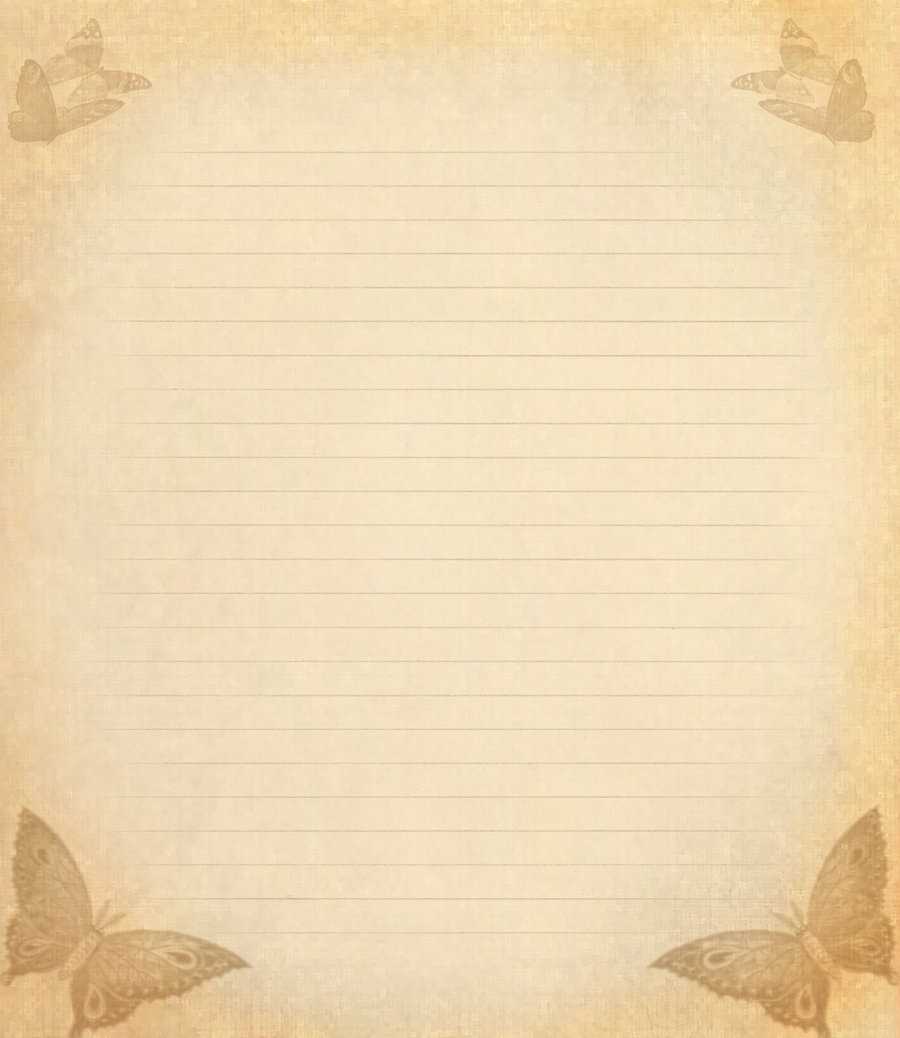
Choose natural, off-white shades like ivory or cream for a more authentic vintage appearance. Avoid stark white papers, as they are too modern in tone. For finishes, rough or laid textures often resemble traditional letter papers, adding an extra layer of authenticity to your vintage correspondence.
Consider the Paper’s Age and Durability
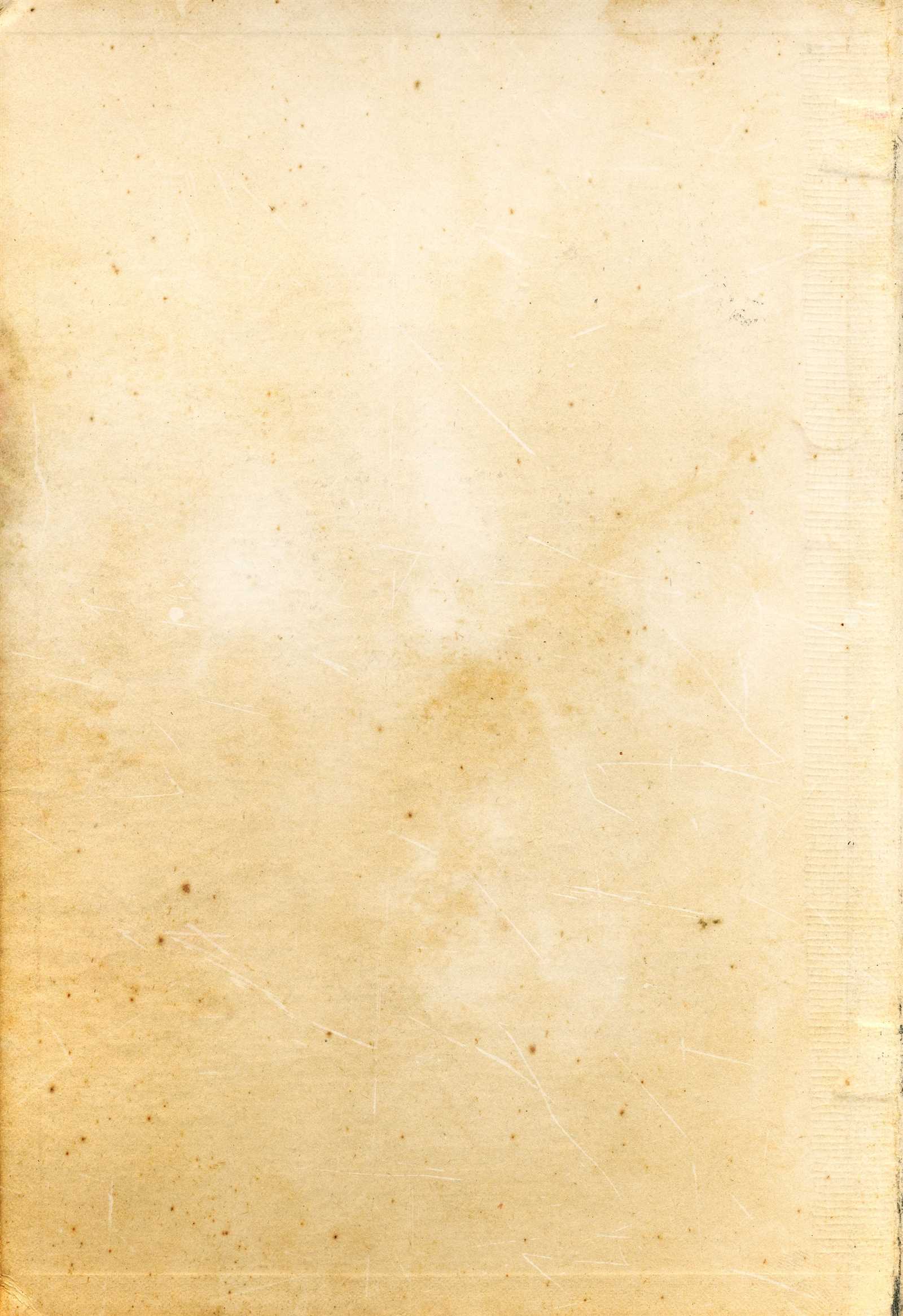
If you want to give the impression of an antique letter, consider using aged paper or creating a distressed look yourself. Look for acid-free options if you want the paper to last longer without yellowing over time, but if aging is your goal, experiment with techniques like tea staining for a weathered effect.
Formatting the Salutation in Classic Style
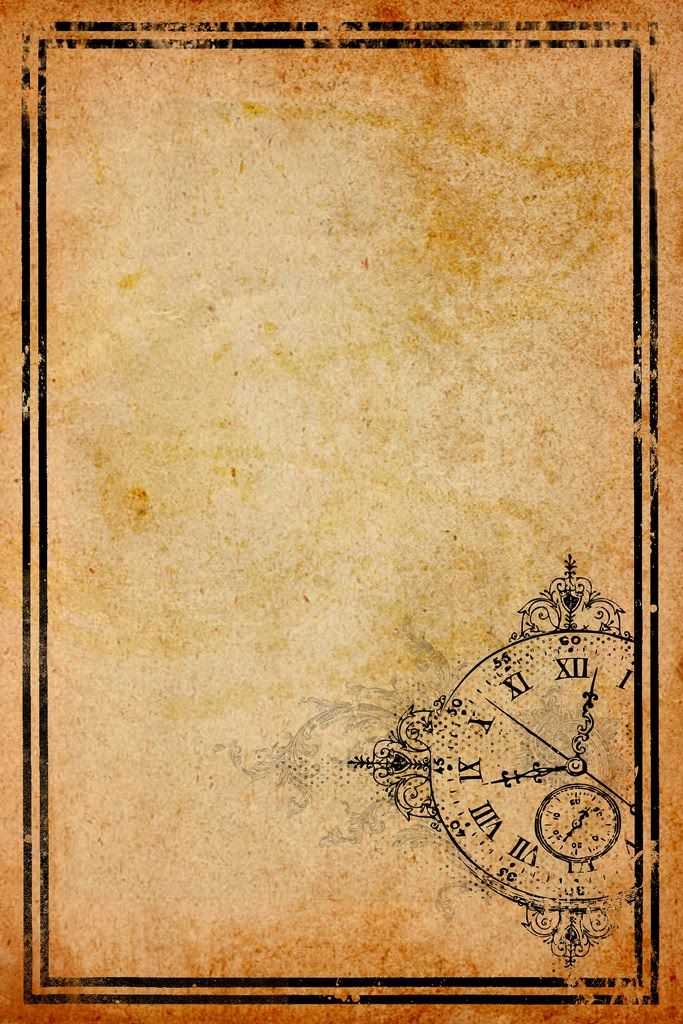
In classic letter writing, the salutation sets the tone for the rest of the message. Begin with a formal greeting, typically “Dear,” followed by the recipient’s title and last name. For a more personal touch, use the first name if you’re on familiar terms, but reserve this for less formal correspondence.
Addressing Titles and Honorifics
For individuals with specific titles, always include them to show respect. “Mr.,” “Mrs.,” and “Miss” are common, but for professionals, “Dr.” or “Professor” can be used. When in doubt, use the more formal option to maintain a respectful tone.
Formality and Punctuation
The salutation in formal letters ends with a comma or colon, depending on the level of formality. A comma is suitable for less formal letters, while a colon is preferred for formal communications, especially in business or official contexts.
Keep the salutation concise and to the point, ensuring that it accurately reflects the nature of your relationship with the recipient. A simple, respectful greeting goes a long way in classic letter writing.
Crafting a Formal Tone in the Body
Use clear and concise language to maintain a formal tone. Avoid colloquialisms or overly casual expressions. Stick to complete sentences and refrain from contractions like “can’t” or “won’t.”
- Choose words that are precise and avoid ambiguity.
- Keep your sentences structured and well-balanced, ensuring they aren’t too long or too short.
- Address the recipient with respect, using titles and proper salutations like “Dear Mr. Smith” or “Dear Madam.”
Focus on the main message, and keep it direct. Avoid using excessive adjectives or adverbs that do not add value to the communication.
- Avoid repeating the same word or phrase; it can weaken the message and sound redundant.
- Use transitional words that link ideas logically, such as “therefore,” “thus,” or “consequently.”
To maintain clarity, break down complex ideas into smaller, digestible points. Bullet points or numbered lists help the reader follow your message with ease.
- For instance, when discussing multiple actions, list them in sequence:
- Review the document thoroughly.
- Make necessary adjustments.
- Return the edited version by the specified deadline.
Finally, ensure your closing reflects the tone you’ve established. Keep it courteous and professional, such as “Yours sincerely” or “Respectfully yours.”
Traditional Punctuation and Capitalization Rules
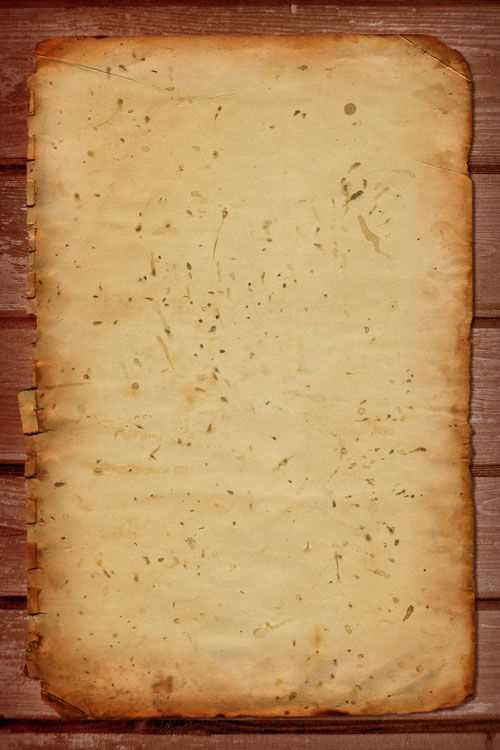
In traditional letter writing, proper punctuation and capitalization create clarity and formality. Use punctuation marks sparingly to avoid clutter and ensure readability. A period (.) marks the end of a sentence, while commas (,) separate elements within a sentence. Pay close attention to where capital letters are placed, as they convey respect and structure.
Capitalization Guidelines
Capitalize the first word of a sentence, proper nouns, days of the week, and months. Titles such as “Mr.,” “Dr.,” and “Sir” should also be capitalized when addressing someone directly. For example:
| Correct Usage | Incorrect Usage |
|---|---|
| Dear Mr. Johnson, | Dear mr. johnson, |
| I look forward to meeting you on Monday. | I look forward to meeting you on monday. |
Punctuation Placement
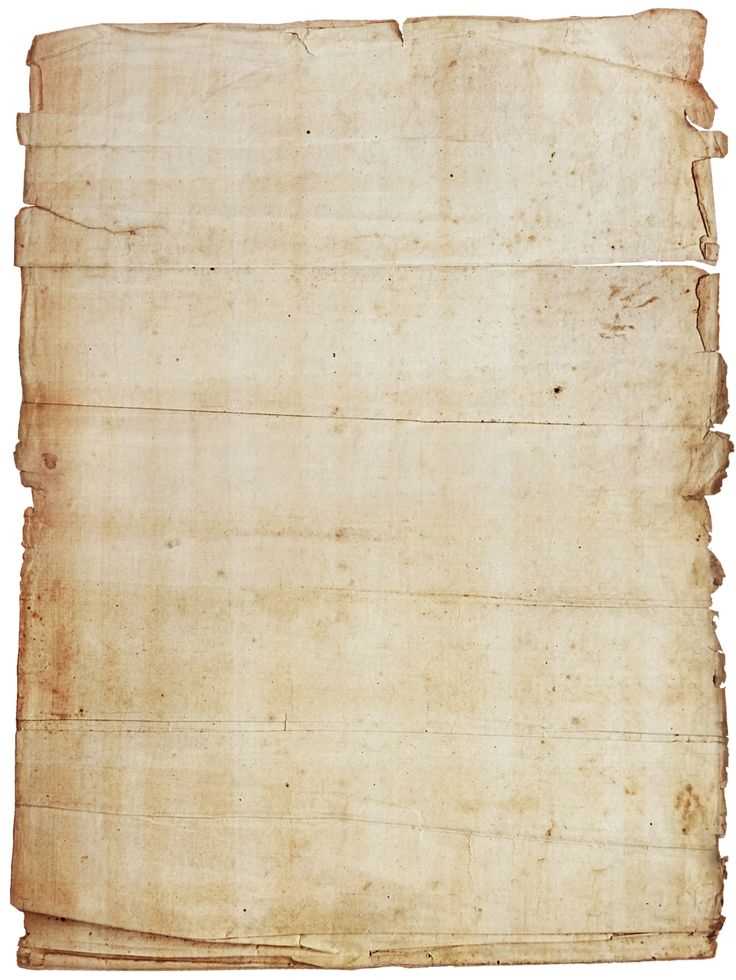
Periods should always follow a complete thought. In direct address, use commas before and after the person’s name to set off their title or address. For example:
| Correct Usage | Incorrect Usage |
|---|---|
| Thank you, Mr. Brown, for your time. | Thank you Mr. Brown for your time. |
| Please send the report by Friday. | Please send the report by friday. |
Adding Handwritten Touches for Authenticity
Incorporate personal handwriting for a genuine feel. Using a fountain pen or calligraphy tool adds a vintage vibe that no printed text can replicate. Try adding a handwritten note or signature at the end of the letter to make it feel more intimate. The flow and imperfections of handwriting convey sincerity, making the letter stand out as uniquely yours.
Another method is to use hand-drawn borders or flourishes around the text. Small doodles, like simple flowers or geometric patterns, can be a charming detail that increases the authenticity of the letter. Keep it minimal to avoid overpowering the message.
If the letter is a thank-you note or personal invitation, consider adding a short, handwritten greeting or closing phrase that reflects your personality. This gives the recipient a glimpse into your character, making the message more meaningful.
To enhance the tactile experience, use high-quality, textured paper. The weight and feel of the paper paired with your handwriting will evoke a sense of care and effort. Additionally, choosing ink colors that are subtle yet striking, like dark green or sepia, further elevates the vintage aesthetic.
Closing Remarks: Final Words in Old-Time Letters
In old-time letters, closing remarks played a crucial role in leaving a lasting impression. The choice of words was more than just a sign-off; it was a reflection of the relationship between the writer and the recipient. Here are a few tips on how to end your letter effectively:
- Use a personal touch: End your letter with a phrase that shows genuine care. Phrases like “Yours sincerely” or “Warmest regards” were commonly used, but you could also opt for something more unique to match the tone of your letter.
- Acknowledge your relationship: Consider including a line that reflects your connection with the reader, like “I hope to hear from you soon” or “Looking forward to our next meeting.” This keeps the interaction feeling meaningful.
- Show appreciation: Expressing gratitude in your closing can strengthen the bond. A simple “Thank you for your time” or “I am truly grateful for your support” goes a long way.
- Leave a warm final note: Depending on the tone of the letter, you can end with a statement that leaves the reader with a positive feeling, such as “Wishing you happiness and good health” or “With fond regards.”
Choose a closing that aligns with the context of your letter and the relationship with the recipient. A well-crafted closing remark can elevate your correspondence and leave a lasting memory.